What Are Mold & Mycotoxins?
We take a look at mold, mycotoxins, what they are, why they grow and spread in our homes and workplaces, and what can be done about it.

Mold & Mycotoxins Examined
Molds are fungi that naturally occur in nature as part of the decomposition process. They play an essential role in breaking down organic matter like leaves, plants, and wood. While mold is a crucial part of the ecosystem, it has no place in a healthy home. When trapped indoors—especially in areas with moisture, like bathrooms, kitchens, basements, or HVAC systems—mold becomes a serious health hazard.
Mold releases a variety of toxic gases and volatile organic compounds (VOCs), but the most dangerous are mycotoxins. These microscopic toxins are up to 50 times smaller than mold spores, have no detectable odor, and are so potent they’ve been weaponized for chemical warfare by militaries around the world. That’s how dangerous and powerful mold toxins are.
Mold also uses “chemical warfare” to survive, releasing invisible, undetectable compounds to kill competing molds. It becomes even more toxic when disturbed—whether by cleaning, cutting drywall, or improper remediation—sending mold spores, fragments, and mycotoxins into the air. This can make a mold problem much worse, as these particles spread throughout your home, embedding in furnishings, carpets, clothing, and the air you breathe.
Mycotoxins accumulate over time, saturating your indoor environment and your body, creating a highly toxic burden that can have serious and lasting health effects. This is why proper, non-invasive mold remediation is critical to restoring a safe and healthy living space.
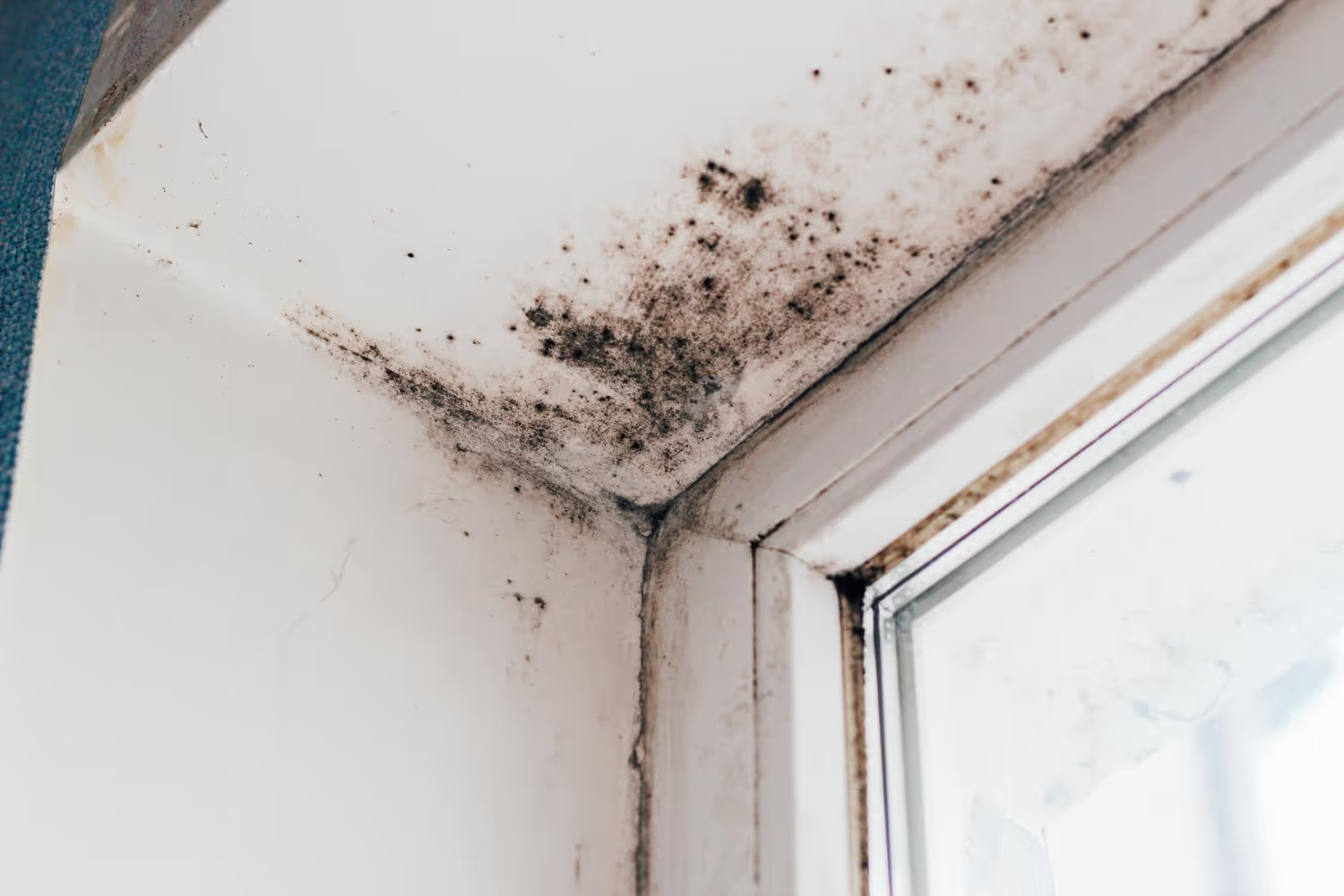
Where Does Mold Grow?
Mold can hide in any structure, old or new, behind walls, under roofs and floors, within HVACs, and drain systems. While mold is more common in older homes, new construction builds can also be problematic. Building materials can get damp or moldy and still be used as part of the job. Or there could be a flood or leak that goes unnoticed, or an HVAC unit can harbor Mold. New homes can also be built very tightly without regard for proper air flow and circulation.
Where To Look For Mold?
The most obvious places to start looking for mold are around areas with moisture or water damage. Check for leaks under sinks, behind toilets, around showers, bathtubs, and dishwashers. Look for broken tiles, water stains or discoloration on walls and ceilings, musty odors, and condensation in windows or HVAC systems. Also, inspect less obvious areas like basements, crawl spaces, and attics—anywhere moisture can collect and linger. Even if you don't see anything abnormal, it doesn't mean you don't have a hidden issue. That is where we come in - for thorough inspection and sampling.
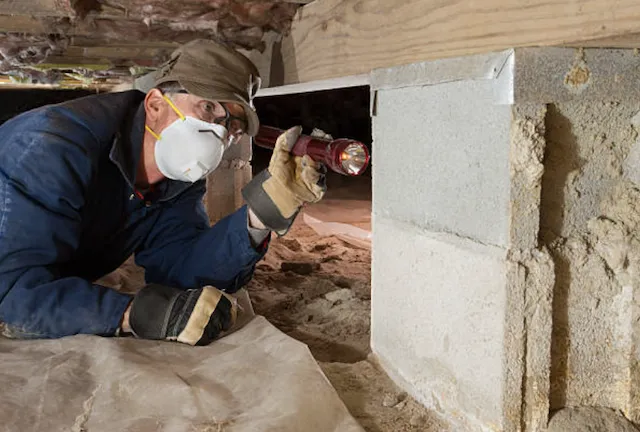
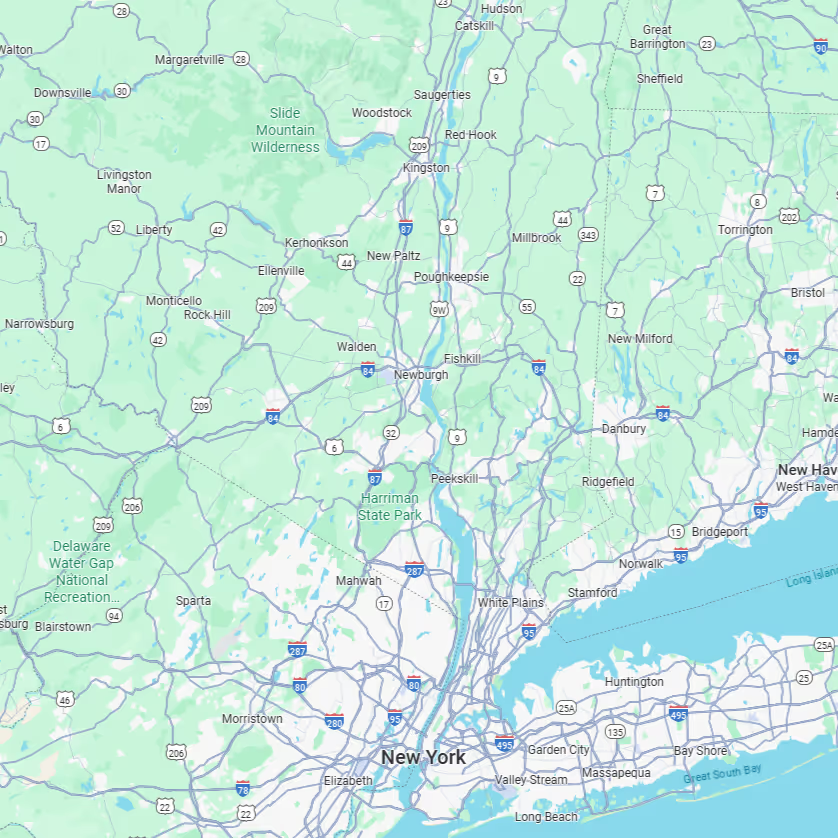
Proudly Serving New York
- Westchester County
- Putnam County
- Dutchess County
- Orange County
- Rockland County
- Yonkers
- And More!
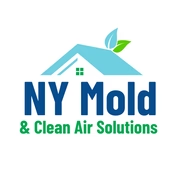
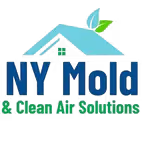
.avif)
.avif)
.png)

.avif)
